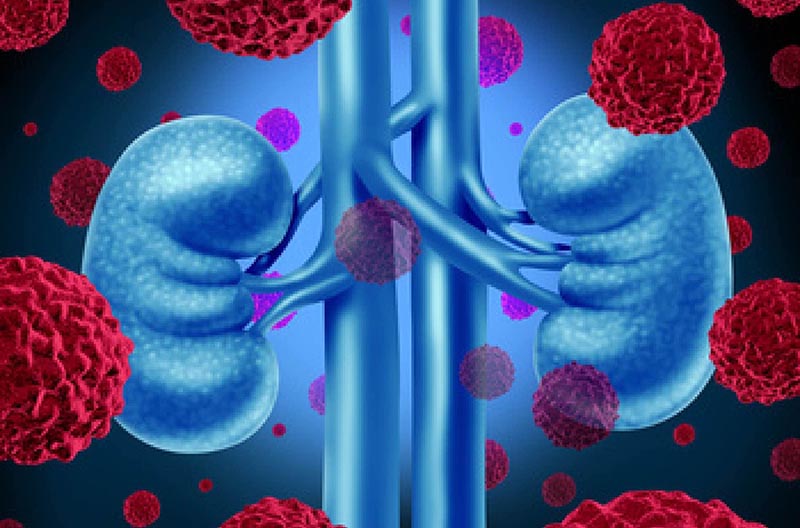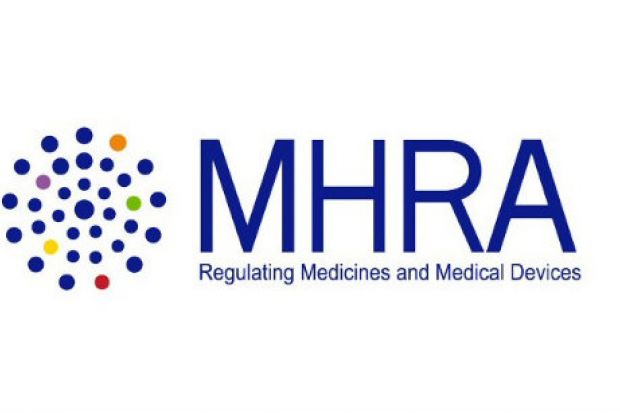Share this Page:
Active surveillance involves closely watching a patient’s condition but not giving any treatment unless there are changes in test results that show the condition is getting worse. This large real world study conducted at a number of academic and community hospitals describes outcomes for patients with metastatic renal cell carcinoma (RCC) who were undergoing active surveillance.
There were more than 500 patients in the study, 25% of whom started with active surveillance. Patients were chosen for active surveillance based on their general health (performance status), cancer risk, number of metastases, and whether they had received drug treatment within a year of being diagnosed.
The patients were followed-up for an average of 33 months, after which half of the patients who started on active surveillance had not received drug treatment. The average survival time had not been reached in the patients managed by active surveillance, and was 30 months in the patients who received drug treatment. Quality of life was significantly better in those patients who had been managed with active surveillance, although about two thirds of them still had cancer in their bodies.
Findings from this large real-world study show that active surveillance is a reasonable and commonly used strategy in a select group of patients. Further research is needed to identify biomarkers to select patients for active surveillance.














